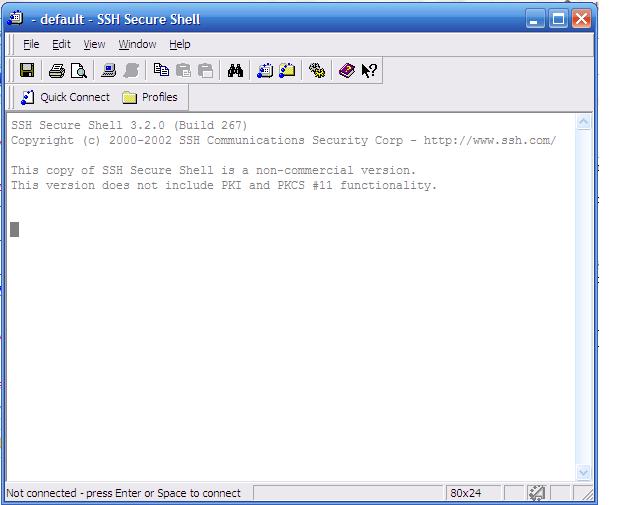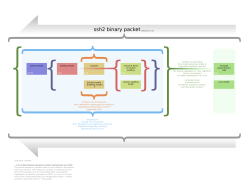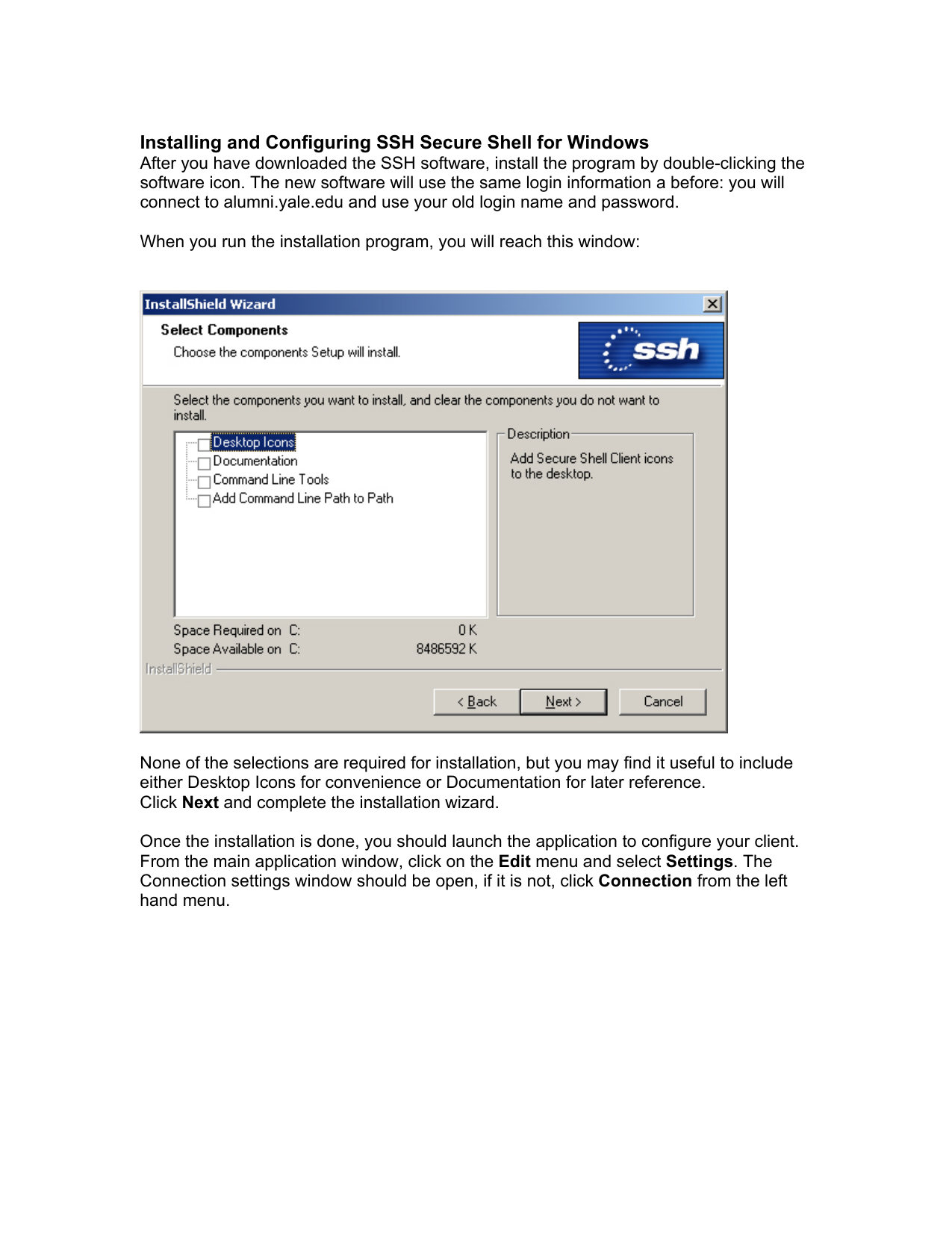

If compression is negotiated, then in subsequent pack- ets, this field is compressed.Īlgorithm has been negotiated, this field is added. Prior to algorithm negotiation, this field is uncompressed. Padd i ng length : Length of the random padding field.Packet length : Length of the packet in bytes, not including the packet.Packets, in the data field of a TCP segment. Once theĬonnection is established, the client and server exchange data, referred to as The TCP protocol and is not part of the Transport Layer Protocol. On the other hand, each host key must be appropriately certified by aĬentral authority before authorization is possible.ġ6.9 illustrates the sequence of events in the SSH Transport Layer Protocol.įirst, the client establishes a TCP connection to the server. This alternative eases the maintenance problem, since ideally, only a single CA key needs to be securely stored on theĬlient. The client only knows the CA root key and can verify the validity of all host keys certified by accepted CAs. The host name-to-key association is certified by a trusted certification author- ity (CA). The downside is that the database of name-to-key associations may become burdensome to maintain.Ģ. Local database that associates each host name (as typed by the user) with the corresponding public host key.Īdministered infrastructure and no third-partyĬoordination. This to be possible, the client must have a priori knowledge of the server’s public host key. Multiple hosts may share theĪuthenticate the identity of the host. Host keys using multiple different asymmetric encryption algorithms. On the server possessing a public/private key pair. H OST K EYS Server authentication occurs at the transport layer, based

Logical communications channels over a single, underlying SSH connection. Connect i on Protocol : Multiplexes multiple.User Authent i cat i on Protocol : Authenticates the user to the server.Not affect the security of earlier sessions). Server authentication, data confidentiality,Īnd data integrity with forward secrecy (i.e., if a key is compromised

Typically run on top of TCP (Figure 16.8): Is rapidly becoming one of the most pervasive applications for encryption technology outside of embedded systems. It has become the method of choice for remote login and X tunneling and SSH client and server applications are widely available for most operating sys- tems. SSH2 is documented as a proposed standard in IETF RFCs 4250 through 4256. A new version, SSH2, fixes a number of security flaws in the original scheme. More general client/server capability and can be used for such network functions as file transfer and e-mail. The initial version, SSH1 was focused on providing a secure remote logon facility to replace TELNETĪnd other remote logon schemes that provided no security. Secure Shell (SSH) is a protocol for secure network communications designed to be relatively simple and inexpensive to implement.


 0 kommentar(er)
0 kommentar(er)
